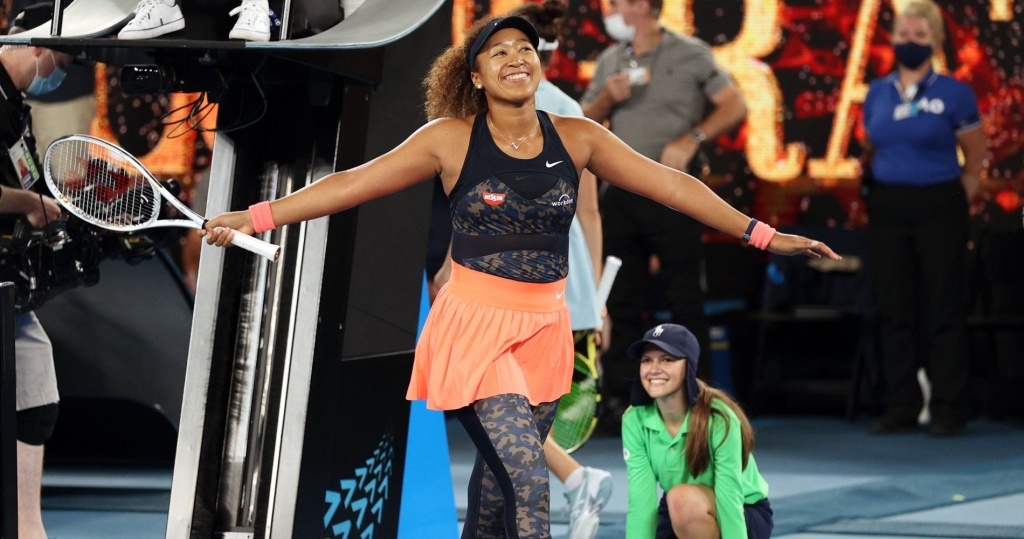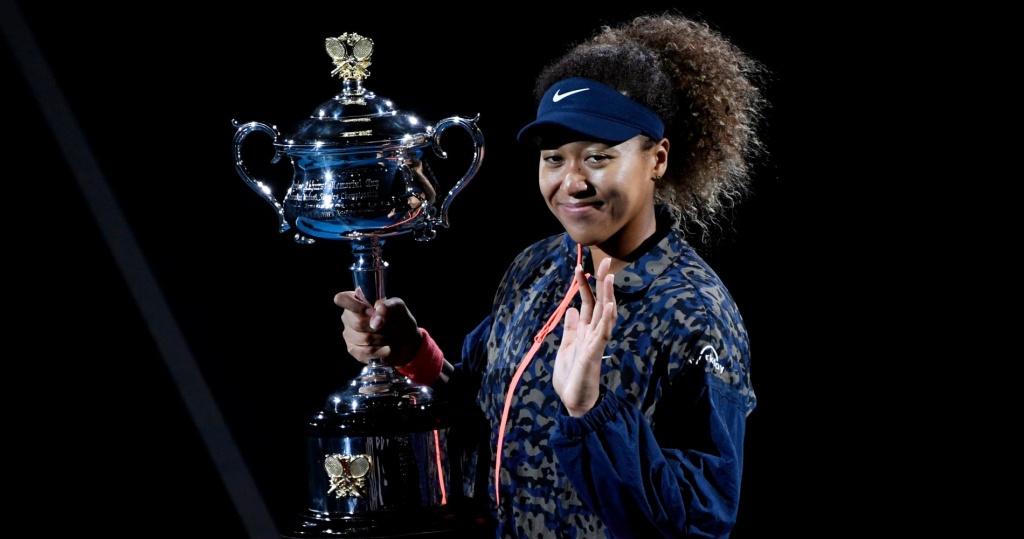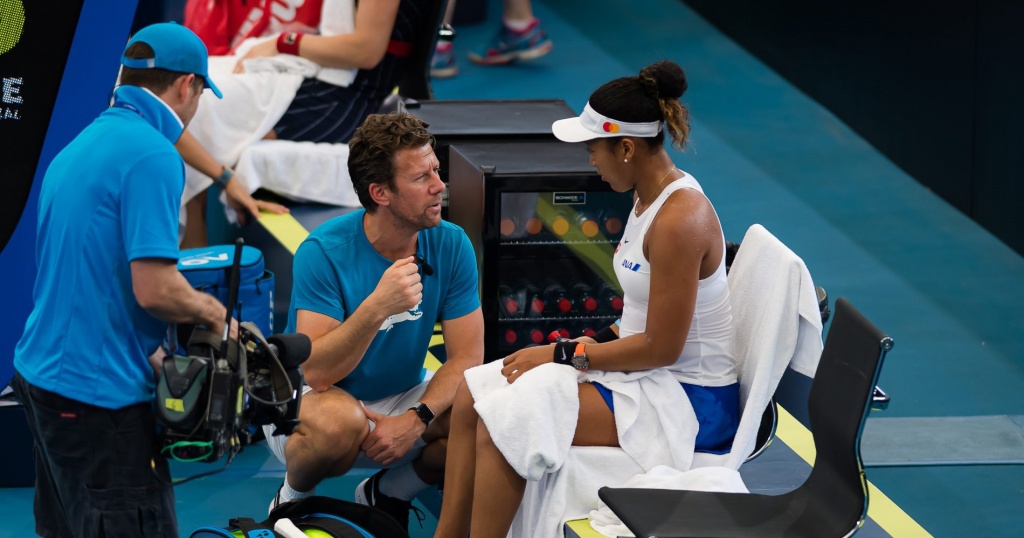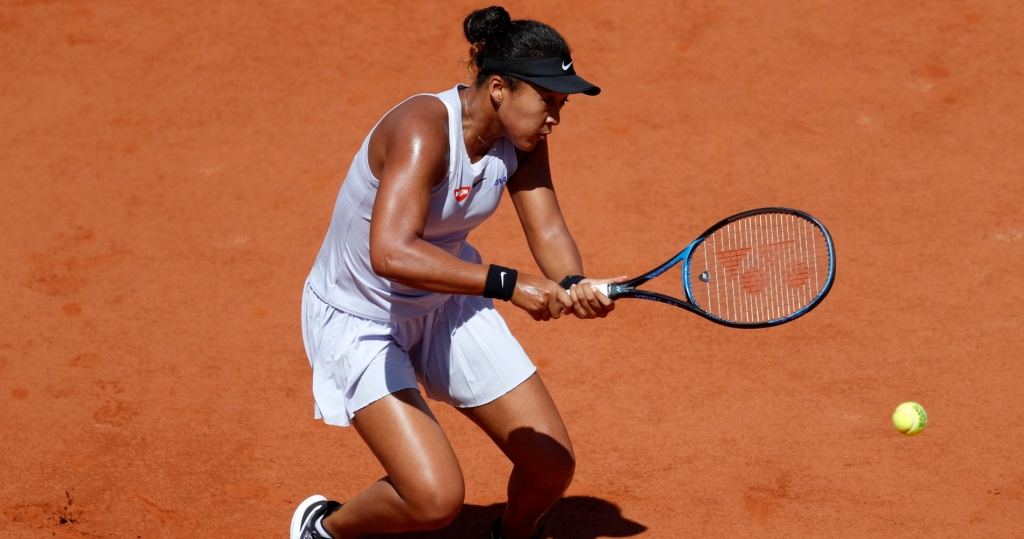Next step for dominant Osaka is to conquer clay and grass
As the undisputed queen of hard courts, Naomi Osaka’s next step on the path to greatness will be to figure out how to perform on the grass at Wimbledon and on clay at Roland-Garros
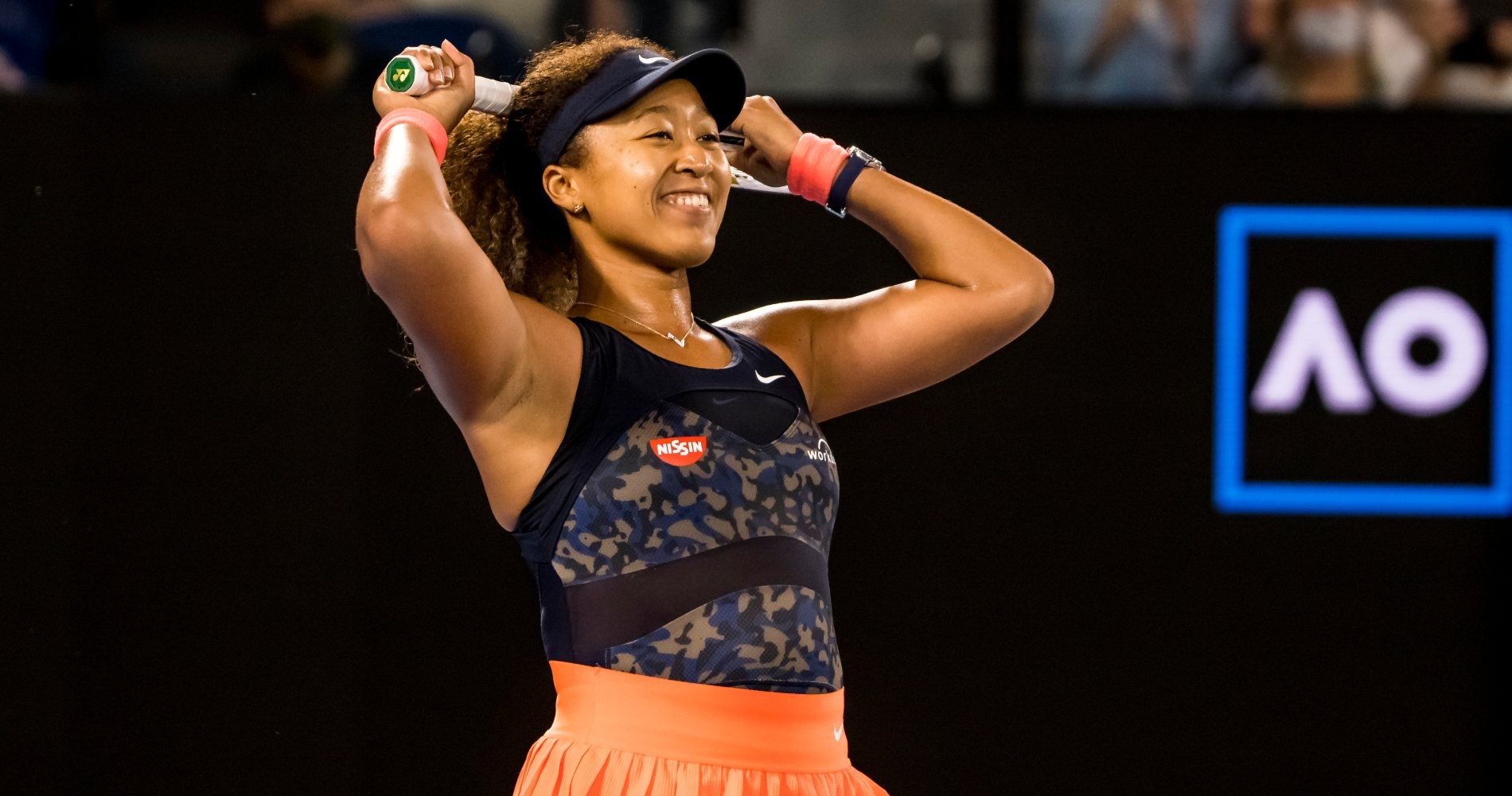 ICON SMI / PANORAMIC
ICON SMI / PANORAMIC
Hard court domination, tick. Unbeaten record in Grand Slam finals, tick. For Naomi Osaka, next stop; Roland-Garros and Wimbledon.
Osaka’s 6-4, 6-3 victory over Jennifer Brady in Melbourne on Saturday gave the Japanese her second Australian Open crown and fourth Grand Slam title. At 23, with her confidence never higher, it seems that anything is possible over the coming years.
Also read: Osaka: “Hopefully I play long enough to play a girl that said that I was once her favourite player”
Matching Seles, Federer
Osaka, who will rise to No 2 in the world rankings on Monday, is only the second woman in the Open era ever to win her first four Grand Slam finals, following in the footsteps of Monica Seles, who achieved the feat in 1990 and 1991 (and who won her first six). Though all four have come on hard courts, the fact that she has been able to master her emotions in all four finals stands her out from her contemporaries. Apart from Serena Williams, Venus Williams and Kim Clijsters, she’s the only active player to have won more than two Grand Slams and on the evidence of last year’s US Open and this year’s Australian Open, there are surely many more to come.
“That’s very amazing company,” Osaka said, when told that only Seles and Roger Federer have won their first four slam finals. “I hope that I can have one grain of how their career has unfolded. You can only wish and you can only just keep going down your own path. But it’s definitely something crazy to hear.”
Naomi Osaka is the first woman since Monica Seles in 1990-91 to emerge victorious from the first 4 Grand Slam finals of her career.
Defeats Jennifer Brady 6-4, 6-3 to lift her 2nd Australian Open trophy, 4th major & 7th career title.
Moves back up to No.2 in the world.
— Reem Abulleil (@ReemAbulleil) February 20, 2021
Osaka’s dominance on hard courts is set. She has not lost a match since the Tour resumed last August after the five-month break because of the Coronavirus pandemic, her game seemingly in tune with her new-found calmness on court. She was close to defeat against Garbine Muguruza in the fourth round, saving two match points, but otherwise she was untouchable throughout.
“For now, I’m trying for five slams”
The arrival of coach Wim Fissette in her camp at the end of 2019 gave her the impetus she needed after she found being world No 1 too much pressure when she hit top spot after winning in Australia two years ago.
Osaka embraced Fissette’s desire for her to be more open and honest with her feelings. During the Coronavirus break, away from the public eye, she was able to grow up without the eyes of the world upon her, and when she did speak out, as she did in support of the Black Lives Matter, her maturity was there for everyone to see. She found her voice off the court, and her game on it. Osaka is a role model.
Also read: Naomi Osaka: From a shy champion to a role model and leader
“I feel like the biggest thing that I want to achieve is – this is going to sound really odd – but hopefully I play long enough to play a girl that said that I was once her favourite player or something,” Osaka said. “For me, I think that’s the coolest thing that could ever happen to me. I have those feelings of watching my favourite players. Unfortunately I didn’t get to play Li Na, but…I just think that that’s how the sport moves forward.”
Former world No 1 Mats Wilander said on Eurosport that he feels Osaka can win at least 10 Grand Slams, noting the calmness in her celebrations after beating Brady. “That says a lot. She expected to win.” And Osaka doesn’t disagree.
“I’m taking it in sections,” she said. “For right now, I’m trying to go for five. After five I would think about maybe dividing the 10, so maybe seven or eight. I like to take things not big picture. I like to live in the moment. It’s an honour that he said that, of course. But I don’t want to weigh myself down with pressure and expectations. I know that the people that I’m playing against are the best players in the world and if my time comes to win another Grand Slam, it will come.”
Next target: Roland-Garros and Wimbledon
The next step to greatness, then, will be to take the confidence she has on hard courts to the clay of Roland-Garros and the grass courts of Wimbledon.
After her win at the US Open last year, Osaka chose not to play in Paris, where she has not been past the third round. At Wimbledon, which was cancelled in 2020, two third-round appearances remain her best efforts. Adapting to the footwork required on those surfaces, in particular, will be key as she tries to succeed there, too.
“I feel like I have to get comfortable on those surfaces,” Osaka said, adding that she hoped to manage it on clay first since Paris comes before Wimbledon. “That’s the key thing… I didn’t play juniors, so I didn’t grow up playing on grass at all. I honestly think I’d have better luck on clay, because I think last year I didn’t play bad at all. It’s just something that I have to get more used to.”
When it comes to winning Grand Slam titles, Fissette is a good man to have in her camp, the Belgian having now won six Grand Slam titles – three with Clijsters, one with Angelique Kerber and two now with Osaka. He also coached Sabine Lisicki to the Wimbledon final and Simona Halep to the Roland-Garros final, so he knows what he’s doing.
Fissette: “She can perform really well on clay”
Fissette also feels that the fact that Osaka didn’t play juniors means she’s playing catch-up, especially on grass.
“In the long preparation we had to the US Open, we used also some weeks to train on clay,” Fissette said on the eve of the Melbourne final. “For me, she’s kind of a natural mover on the court and seeing the way she moves, the way she has the easy power, the way she can build the points, there are a lot of things that I see why she could really perform well on clay. But she needs matches and she needs confidence in those matches and confidence in a certain game plan.
“I remember in the past, long time ago when I was working with Kim (Clijsters) and she didn’t play many tournaments on clay. She was playing great tennis, but as soon as she would miss a few balls (on clay), she would doubt a lot of things. She would doubt her game plan, she would doubt, like, oh, maybe I should have gone bigger on this ball, maybe I should have been more patient on this ball. I think when you don’t have a lot of experience of success on those surfaces, that’s easy to start doubting.
“If Naomi plays on hard court and she goes for the forehand winner and she misses, she will say, OK, next time I will make it. But maybe on those surfaces she will think: Oh, maybe I should have hit with a little more margin, maybe I should have done this. So it’s easy to start doubting.”
Grass more problematic
Fissette said Osaka will have to overcome a fear of grass, particularly a fear of slipping.
“I told her, she never played juniors. Let’s say from all the top 20 players out there, I don’t think anyone has spent less time on grass than Naomi has so far. That’s one of the advantages of playing juniors, to get to know different surfaces and to understand how to move on different surfaces.
“That’s a challenge, and I think if you spend enough time, she’s a very quick learner. She’s a smart girl. I’m sure she’s gonna be fine. As soon as she will get the confidence or movement, even if you fall, you fall. That’s what it is. It’s not the worst thing in the world. But just having that confidence, that’s gonna be the key.
But confidence is a great thing and if Osaka begins to find a liking for clay and grass, then the rest of the Tour is in trouble. She has never lost any match in a Grand Slam from the quarter-finals onwards and her mentality in the big matches stands her out.
“I’m not sure if it’s something you’re born with, but I know that I didn’t play a lot of tournaments when I was a kid, so I’d always want to take the opportunity whenever someone was watching me, I’d feel like it was more fun that way,” she said. “So maybe that’s how I developed wanting a crowd and wanting to play in front of more people.
“But I also think it’s because I watched a lot of Grand Slams growing up and seeing the crowds, seeing Arthur Ashe Stadium, seeing how it was in Australia and Rod Laver, and wanting to play in front of people and wanting to be, you know, the person holding up the trophy.”
No 1 ranking just a matter of time
The two-year ranking system adopted to take account of the Coronavirus pandemic, and the difficulty in travelling, means that Osaka will be No 2 despite the fact she holds two Grand Slam titles. But having tasted No 1 before, Osaka is patient enough to know her time will come.
“Honestly, I don’t really think about the ranking at all,” she said. “I don’t play the most tournaments in the tour. I just want to do well in all of the tournaments that I play. That’s my goal is to be consistent this year, not to have a huge drop-off, randomly, in the middle section – June, July – how I usually do. I don’t want to think too much about the rankings. It will come if I play well, and that’s what I tell myself.”
It will surely come sooner rather than later, and if she finds her feet on clay and grass, it will take something extra special to knock her off top spot.
